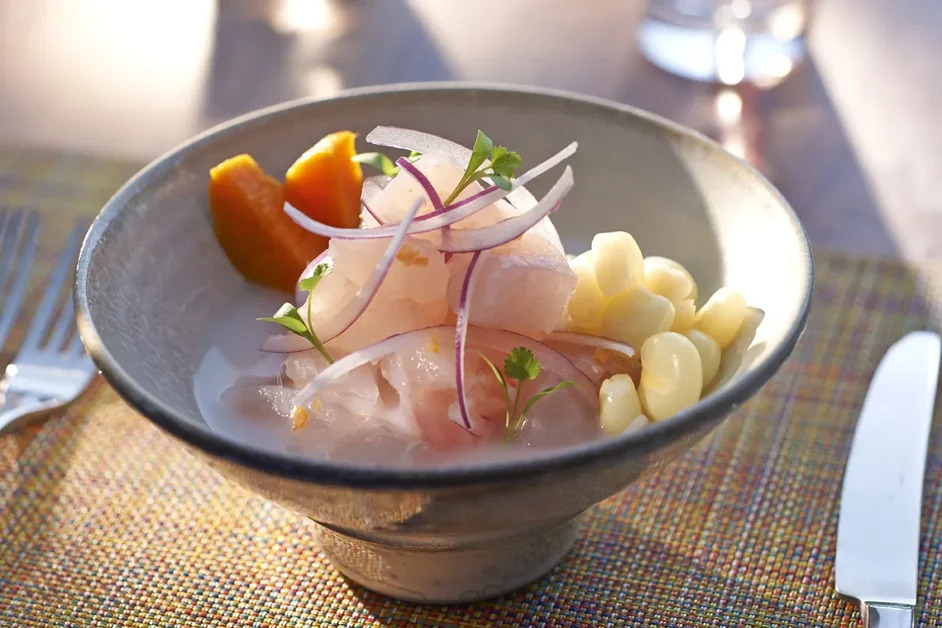A global restaurant business should build upon past successes while allowing for market variables
Many restaurants are an extension of their chef’s personality, preferences, and flair.
An international enterprise, however, must balance the public persona and unique tastes of the chef and cuisine with local market nuances and a smart business plan while leveraging lessons learned from other spots across the globe.
Ideally, it’s an iterative process where every new experience builds upon those from the past—both in the kitchen and in the board room.
Then, every time a concept is replicated in a new city, it ideally starts from a new baseline for excellence and profitability.
Specifically for Acurio Restaurantes, which is planning a considerable US expansion in the coming five years, the lessons learned by its founder, Gaston Acurio, over the past 29 years have primed the company to build out Gaston’s dream and vision of globalizing Peruvian cuisine.
At the same time, the lessons learned by Acurio Restaurantes may serve as a blueprint for international-minded restaurateurs worldwide.

Partner Wisely
One of the most critical considerations in developing an international restaurant business is selecting partners who have local knowledge, have experience in providing input if necessary, and deliver in a timely way on any financial promises.
More broadly, open relationships help the project proceed largely as planned.
For example, while developing a Chicago restaurant, Acurio Restaurantes aligned with partners in the real estate industry who provided knowledge that proved critical in helping select the company’s venue.
Alternatively, problematic communications and extended timelines stress the business, especially if delays in financing occur, as development, remodeling, maintenance, and other needed items can be halted. Another complicating factor could be misaligned priorities between the business and its partners.
Ultimately, a partnership should add value, whether it’s the ability to manage some of the details, provide financial support, or any other efforts that will help lead to the success of the business.
Finesse the Brands, not the Vision
Frequently, a chef founder must exchange his or her personal presence atop the menu for a standalone brand that takes on its own marketplace stature and characteristics.
It’s not personal. And it has nothing to do with the style of the cuisine.
It’s just a common market dynamic.
For example, after years of spectacular success in Peru and Latin America, Gaston opened an Astrid & Gaston location in New York, followed by a similarly named spot in Spain. While the food quality and service at both sites matched the levels of excellence maintained at the legacy site, both locations faltered and had to be closed.
Having learned that lesson, Acurio Restaurantes now operates a single Astrid & Gaston restaurant—housed in the Casa Moreyra in Lima.
The passion and spirit nurtured at that flagship location, however, is carried out to the company’s other locations—and brands—around the globe.
Checks and Balances Keep the Vision Alive
When excellence is part of a restaurant company’s DNA, it runs deeper than the end product served to paying customers.
It extends to every phase of the day-to-day operations.
So, if a dish is done beautifully, but it is supposed to be a $25 offering and it costs $22 to produce it, the restaurant must either charge $30 for the dish or cut the costs.
It can be tough to achieve that balance, but that’s where a management team’s experience is so valuable.
For example, for nearly 20 years, Gaston’s vision that ceviche is loved around the world has driven Acurio Restaurantes.
To make his vision a reality, Gaston is an innovator in the kitchen. He’s constantly traveling, visiting his restaurants, looking at the menus, and pondering effective changes. He does that with the local chefs, helping set the 80% of the menu that is essentially the same across the company and inspiring the other 20% that each location chef gets to control.
Aside from the plated experiences, however, he’s also looking at the cost of the food and ingredients and reporting back to the company’s operations professionals.
Additionally, the company recently hired a beverage manager, a marketing manager, and a quality control manager to strengthen the business side of the restaurants.
Discovering and Keeping the Passion In-house
While building upon the external lessons, a successful global restaurant venture also recognizes some of its biggest assets are its people.
From the lead chef to the most junior busser, passion for delivering an exceptional experience is a must.
For example, Gaston’s hiring approach for Acurio Restaurantes relies on identifying passionate individuals who love what they’re doing and love cooking the Peruvian way. For those who excel, growth opportunities are available across the company’s global footprint.
Passion alone doesn’t pay the bills
The management team ensures that the company pay scale ranks in the upper tier of local averages to retain talent.
They also provide personal growth opportunities, including supporting advanced chefs in launching their own branded restaurants—keeping talented individuals within the organization and inspiring innovation.
Building Blocks to Potential Success
Success in the global restaurant industry results from a delicate blend of tastes, locations, and business choices.
Unlike a single-site restaurant that has little latitude for mistakes and missteps, a company with a deep history of opening and running multiple locations will have past experiences that improve the likelihood of achieving success.
As long as the company commits to building upon those lessons with a strong vision and commitment to a high-quality dining experience, fantastic food from the kitchen will likely translate in any language or locale.
